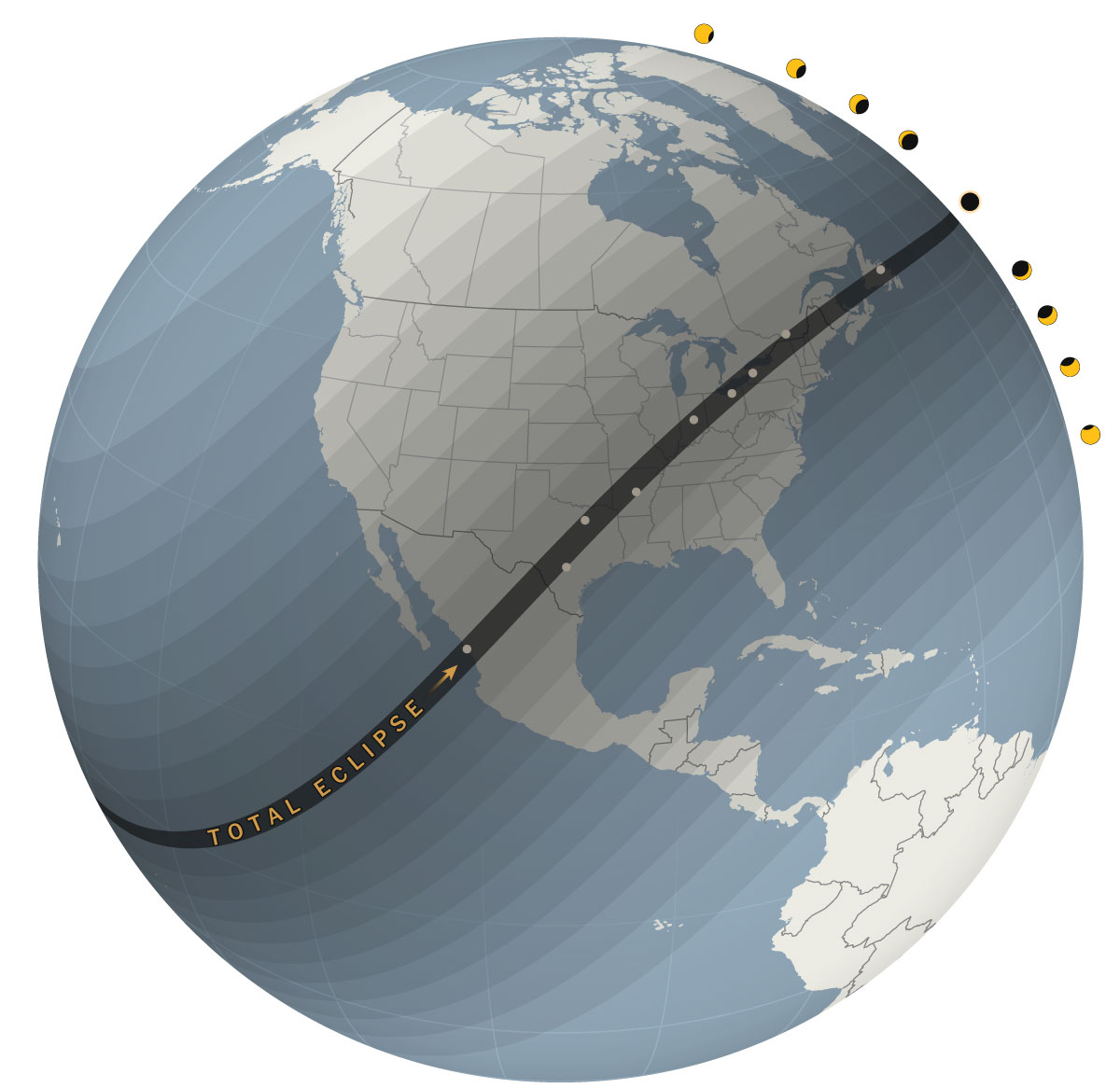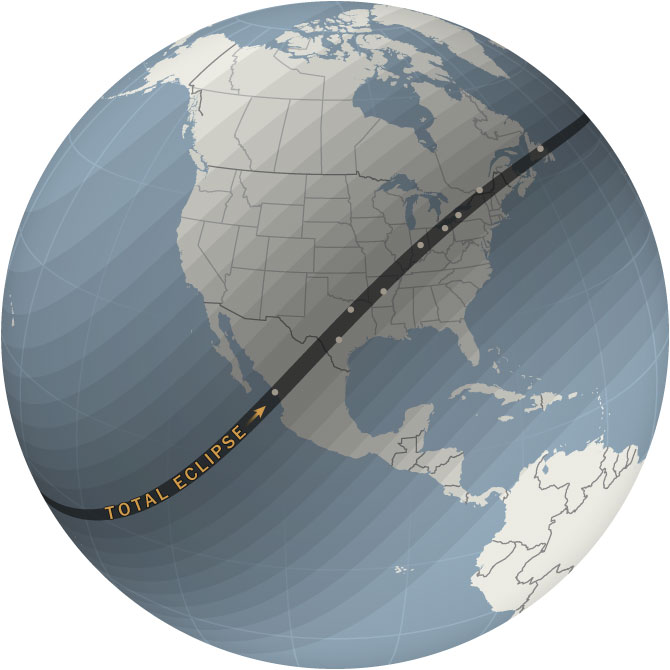
A device called LightSound is being distributed to help the blind and visually impaired experience this year’s event.
On Aug. 21, 2017, Kiki Smith’s teenage sons giddily prepared to watch the partial solar eclipse in Rochester, N.Y. As Ms. Smith listened to their chatter, she felt excluded.
“I felt very alone,” she said. Ms. Smith was diagnosed with a degenerative condition as a child and lost the last of her vision in 2011. The local buzz around the eclipse, and the national media attention, unexpectedly touched a nerve.
The eclipse “was about experiencing a historic moment in community, and I wasn’t part of that,” she said.
Ms. Smith, 52, who works for a community development organization in Rochester, determined to do things differently for the April 8 total eclipse that is passing through her city. She is helping to organize a public gathering that prioritizes accessibility for people with vision loss. Her event will include specially designed devices named LightSound that translate changing light intensity into musical tones, allowing blind and visually impaired people to listen as the sky grows dark and then brightens again.
During this eclipse, Ms. Smith said, “I will be with community. And I will have at my fingertips all of these fabulous resources to experience what I felt I missed last time.”
People across the United States with limited vision or blindness will experience the eclipse with the aid of about 900 LightSound devices distributed by a team led by Allyson Bieryla, a Harvard University astronomer.
The Path of the Eclipse
On April 8, a total solar eclipse will cross North America from Mazatlán, Mexico, to the Newfoundland coast near Gander, Canada. Viewers outside the path of the total eclipse will see a partial eclipse, if the sky is clear.

10%
30%
50%
70%
100%
Gander
70%
CANADA
50%
Montreal
Buffalo
30%
UNITED
STATES
Cleveland
10%
Atlantic
Ocean
Indianapolis
Dallas
Little Rock
Austin
San Antonio
Pacific
Ocean
Mazatlán
MEXICO

10%
30%
50%
70%
100%
Gander
70%
CANADA
50%
Montreal
30%
Buffalo
UNITED
STATES
Cleveland
10%
Indianapolis
Atlantic
Ocean
Dallas
Little Rock
San Antonio
Pacific
Ocean
Mazatlán
MEXICO

Gander
CANADA
Montreal
Buffalo
UNITED
STATES
Cleveland
Indianapolis
Atlantic
Ocean
Dallas
Little Rock
San Antonio
Pacific
Ocean
Mazatlán
MEXICO
 Print
Print


